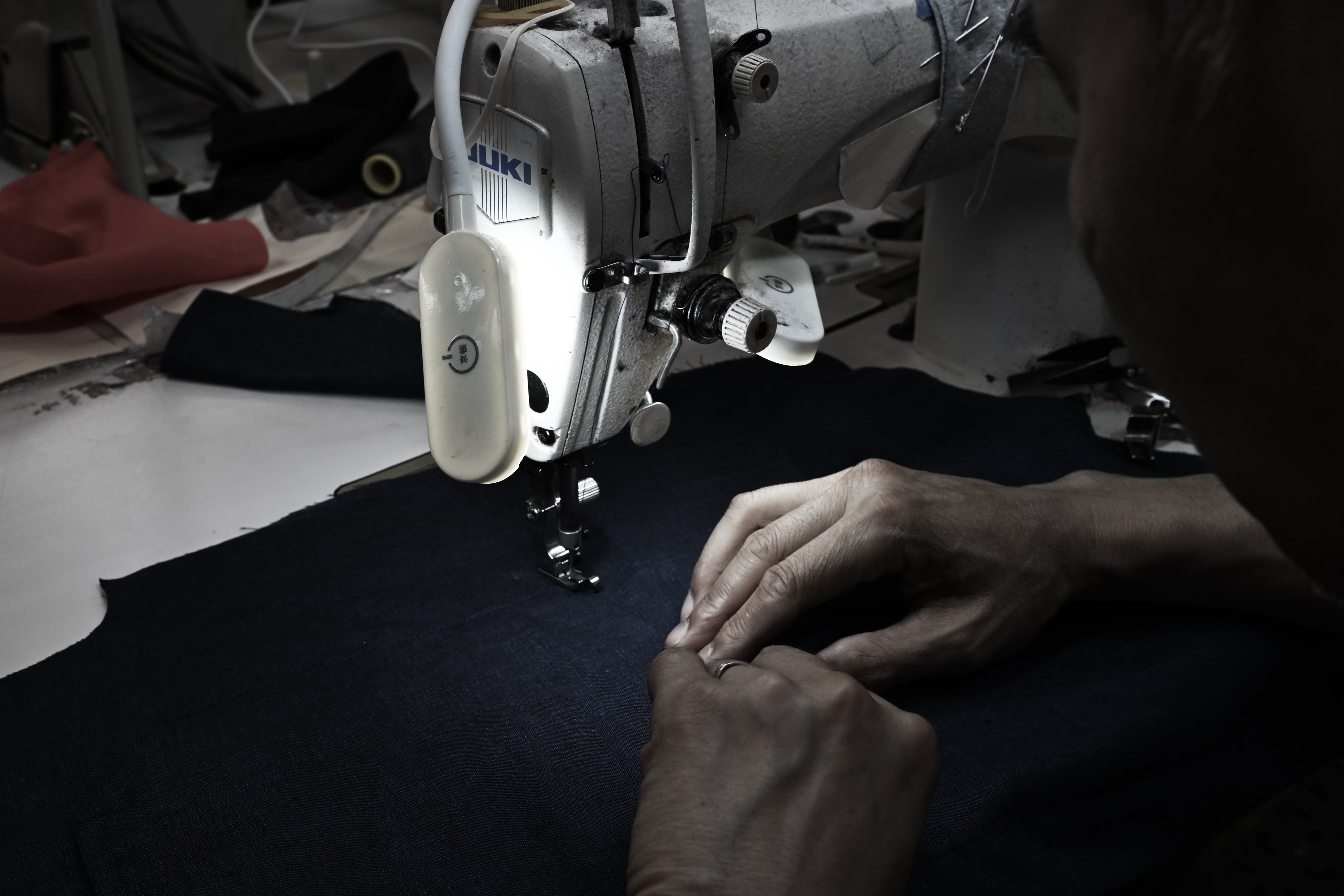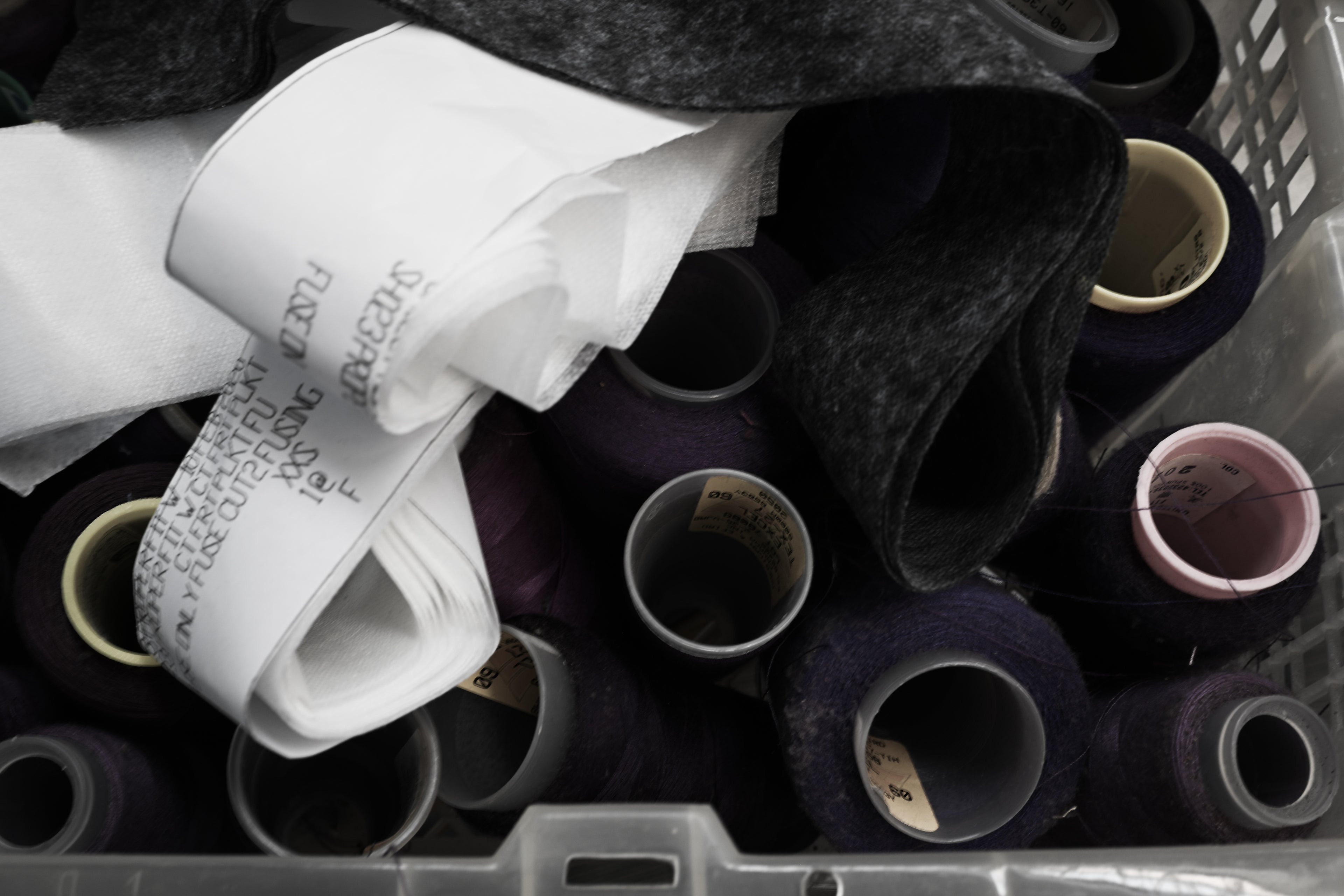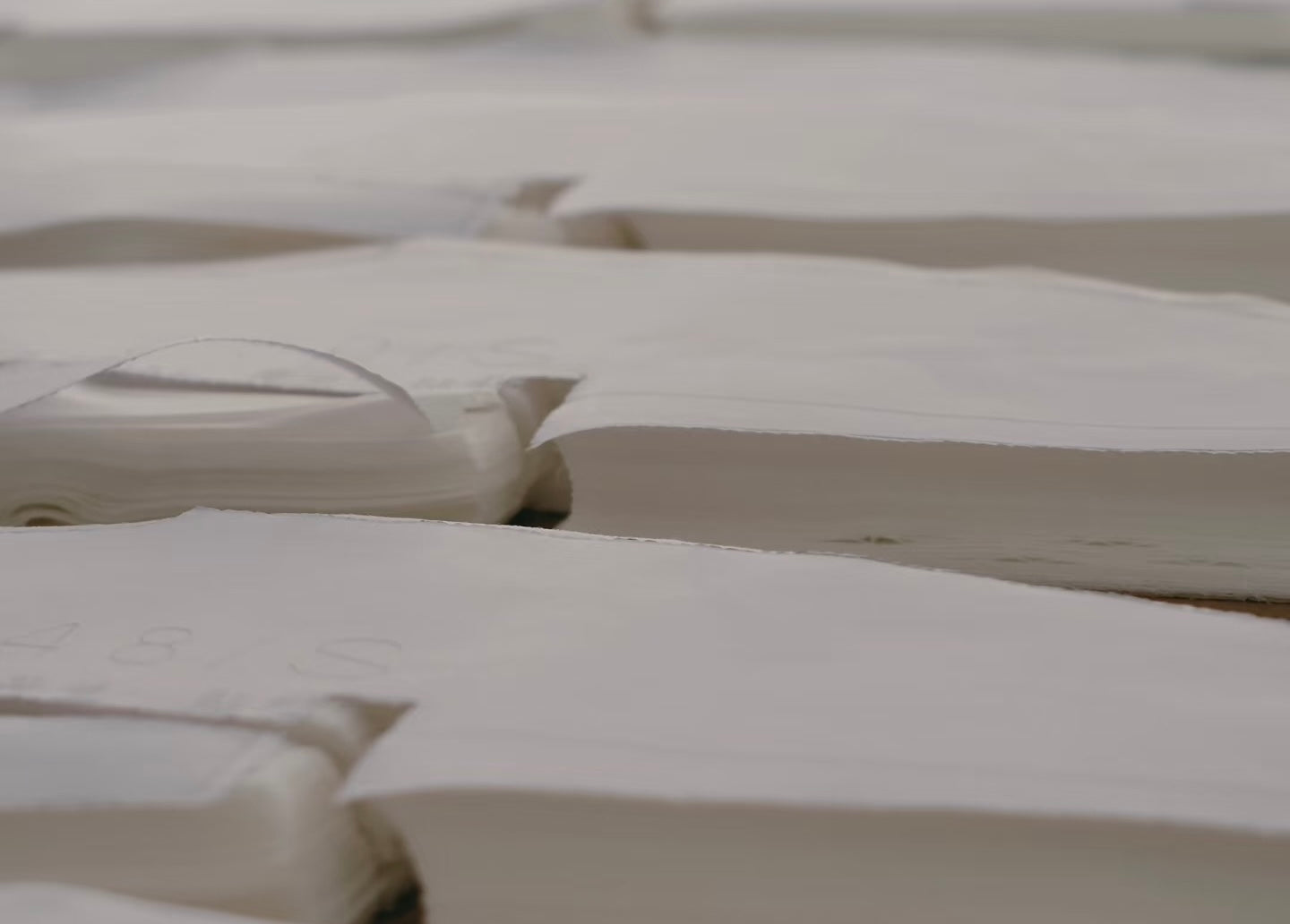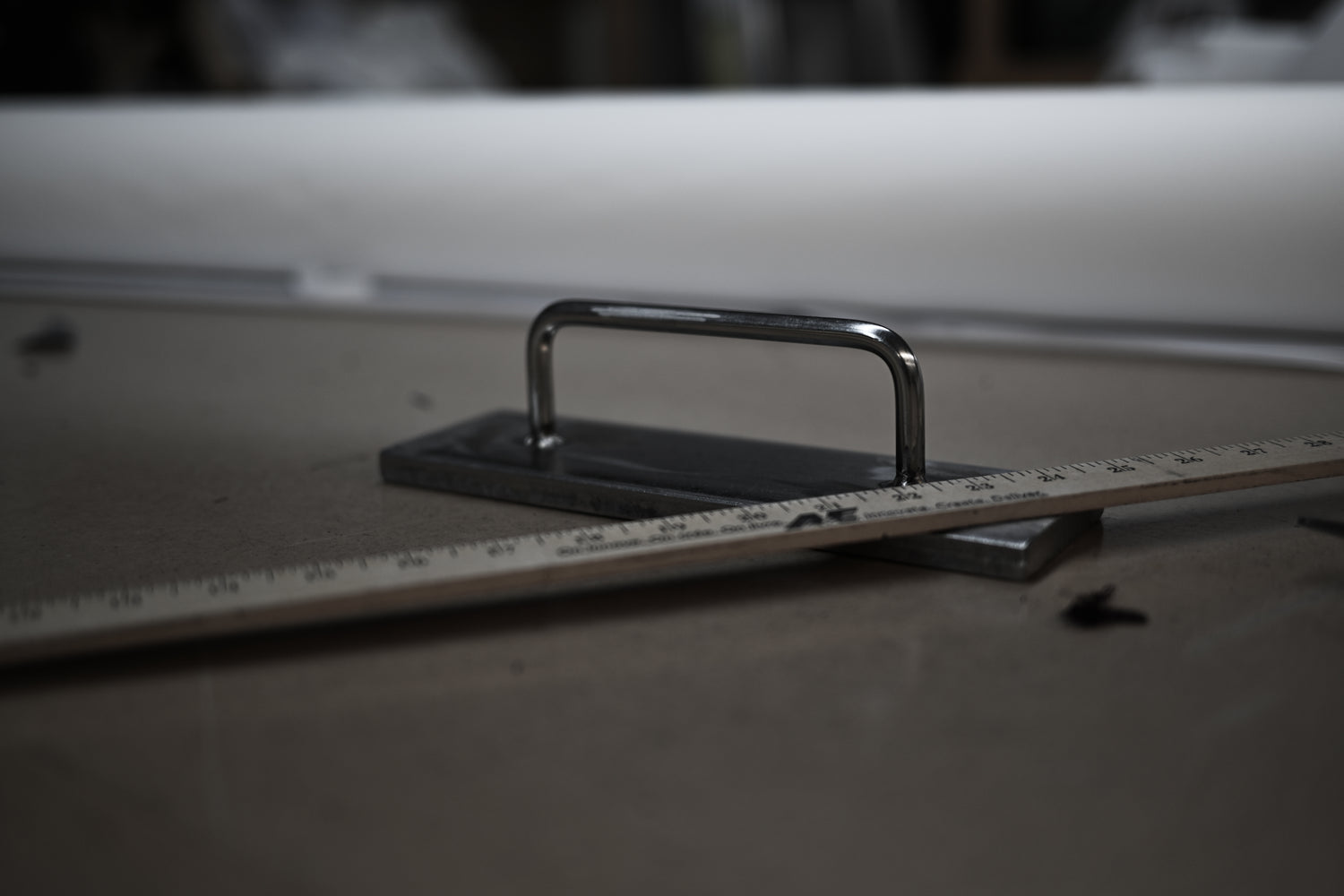

Design / Production Guide
Insights and resources to help emerging fashion brands turn design ideas into well-made garments, step by step.

Getting Started
How to Prepare Your First Sample
Turn your design ideas into a clear, ready-to-sample concept.
- Your first sample often decides whether a collaboration goes smoothly.
- Common mistakes: incomplete files, unclear communication, missing fabric info.
- A good sample = complete tech pack + clear spec + reference photos.
- Before sampling, check your pattern, measurement chart, and reference piece.

Design Essentials
What Patterns Really Mean for Your Design
Patterns define how your design fits, moves, and feels in real life.
- Patterns are the language that connects your design to the finished garment.
- Many small brands assume factories can automatically interpret design ideas.
- In reality, patterns define fit, structure, and how the fabric behaves.
- A good pattern maintains proper alignment, balance, and seam allowance.

Production Essentials
Why Clear Measurements Save Production Time
Reduce revisions and speed up production with precise, consistent measurements.
- The most common reason for sample revisions is unclear measurements.
- Different brands use different units or tolerance standards — this often causes delays.
- A clear measurement sheet helps your factory with marker making and grading.
- For small brands, we recommend keeping an organized Excel measurement sheet or body measurement chart.
For Designers, By Makers
-
Design Prep
Turn your ideas into a ready-to-sample tech pack.
→ Learn how to prepare your first sample -
Sampling & Fitting
Develop your first prototype with clear specs and feedback.
→ Explore our sampling process -
Small-Batch Production
Produce limited runs with consistent quality and flexible timelines.
→ Book a production consultation

MATERIAL INSIGHTS
How to Choose Fabric Before Production
The right fabric choice defines how your final garment looks, feels, and performs.
- Fabric choice often matters even more than the first sample.
- The same design can look completely different with different fabrics.
- Key fabric traits: stretch, weight, and drape — all affect fit and production.
- During sampling, confirm the replicability of your fabric choice for bulk production.

PRODUCTION MANAGEMENT
The Real Difference Between Sampling and Bulk
Understanding how bulk differs from sampling helps you plan time, cost, and quality control.
- Sampling is for testing — bulk is for consistency and efficiency.
- Many brands assume bulk is just a larger version of the sample — it’s not.
- Bulk production involves marker layout, thread control, and process management.
- Sampling allows flexibility; bulk requires tighter workflow and material planning.
- Learn how to estimate your bulk timeline and cost to avoid production surprises.

COMMUNICATION & COLLABORATION
The Role of Feedback in Sample Revisions
Clear, visual feedback can save half your sampling time and build better collaboration.
- The revision stage is one of the most valuable parts of collaboration.
- A common issue: clients say “it’s wrong” without specifying what’s wrong.
- Effective feedback combines photos + annotated notes, cutting 50% of revision time.
- Write clear revision notes to help your maker understand changes instantly.
FAQ
FAQ 1 — How early should I plan my production?
Planning at least 3–4 months ahead helps you align photography, packaging, and production slots.
FAQ 2 — How can I tell if it’s time to scale from samples to small batch?
If your designs sell consistently or you have returning customers, it may be time to scale.
Track five key indicators — sales, restock frequency, return rate, lead time, and customer feedback.
FAQ 3 — Why does my first production round often go over budget?
Hidden costs such as labels, packaging, pattern adjustments, and shrinkage often add up.
Understanding your MOQ, fabric yield, and labor cost helps create a realistic estimate.
FAQ 4 — What mistakes do most new brands make in early stages?
Many new brands move too fast — too many styles, too much inventory, or unclear priorities.
Growth comes from balancing creativity with scalability and learning from early missteps.
